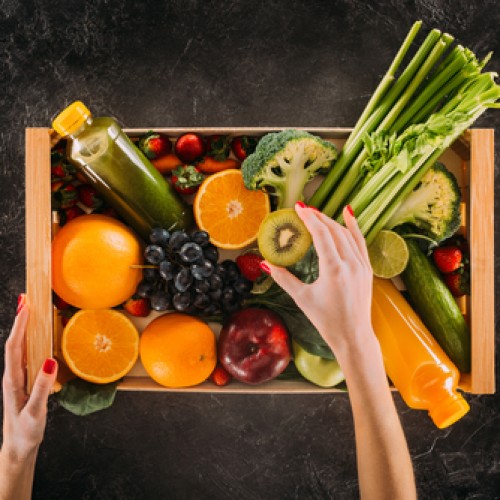The FALCPA (Food Allergen Labeling and Consumer Protection) governs how allergens are presented on packaged foods in the United States. If you are a business owner in the food industry, it is vital to know the laws governing the food and drink labels to avoid stiff penalties from the government. This article will guide you on how to design your food labels to ensure they meet the set laws
How FALCPA Changed Food Labels
When designing food labels, as a food or drink producer, you need to list potential allergens to protect the people affected by food allergies. The federal law that was passed in 2004 stated that food labels need to note allergens simply and in a plain language that everyone can understand. This law affects all packaged foods which include:
- Packages labeled for individual sale
- Vending machine food items
- All food and retail service establishments
- Medical foods
- Infant foods and formula
- Dietary and vitamins supplements
- Conventional foods
However, the FALCPA does not apply to the following:
- Kosher labeling
- Personal care items such as shaving cream, toothpaste, mouthwash, shampoo or cosmetics
- Over-the-counter and prescription drugs
- Supplements, pet foods and supplies
- Food made-to-order in restaurant
- Food products regulated by the U.S Department of Agriculture like processed egg products, poultry and meat
- Alcoholic drinks, beer and tobacco products
How Should You List Allergens On Food Labels?
FALCPA regulates that allergens need to be called out in one of the three ways:
- Use the allergen’s common name in the ingredient’s list
- The word “contains” should be used followed by the allergen’s name. For example, “Contains wheat, milk”
- When an ingredient is in a less common form of the allergen, it should be listed in parenthesis
What Does FALCPA Consider To Be Major Food Allergens?
Eight foods are identified by FALCPA as the major food allergens. These foods include: soybeans, wheat, peanuts, tree nuts (e.g pecans, walnuts, almonds), Crustacean shellfish (e.g shrimp, lobster, crab), fish (e.g cod, flounder, bass), eggs and milk. FALCPA only lists these eight foods since they most likely may result in life-threatening reactions and they account for more than 90% of all food allergies that are documented.
What Happens When You Mislabel Food Products?
If you happen to print a food label that contains an undeclared allergen, your food product is subject to recall. If you mislabel your products, the law states that your food product is subject to seizure and should be misbranded and removed from the market place.
Print Food And Drink Labels That Will Stand Out
Once you fully understand all the laws set by FALCPA about food labeling and implement them, you now have to come up with a labels design that will stand out. Work with a seasoned label printer to help you place food allergens in a strategic position in your labels where consumers can easily read them. The type of label material you use or choose will determine the quality of the final print out. Choose a label material that will not affect the legibility of your food and drink labels.







